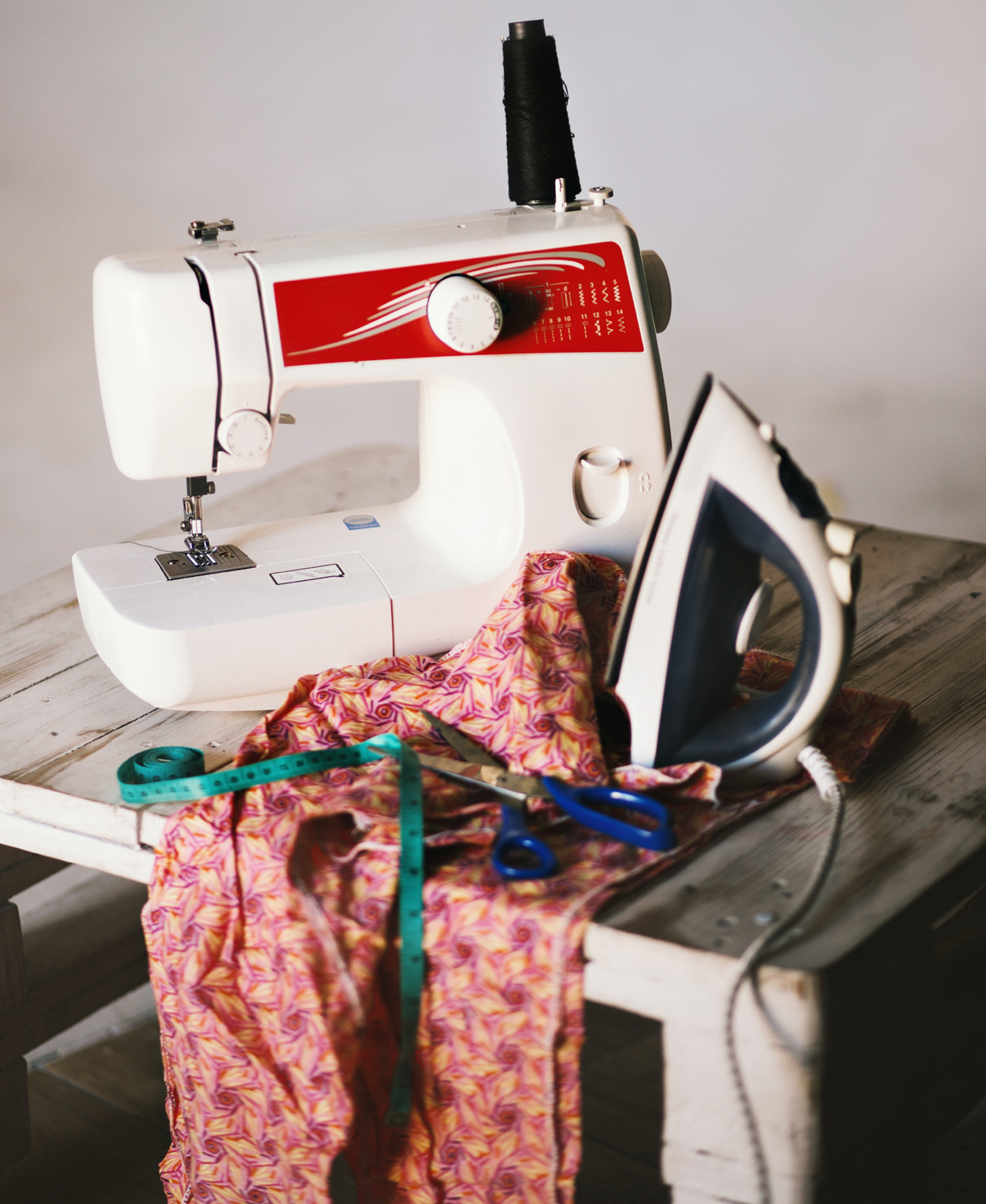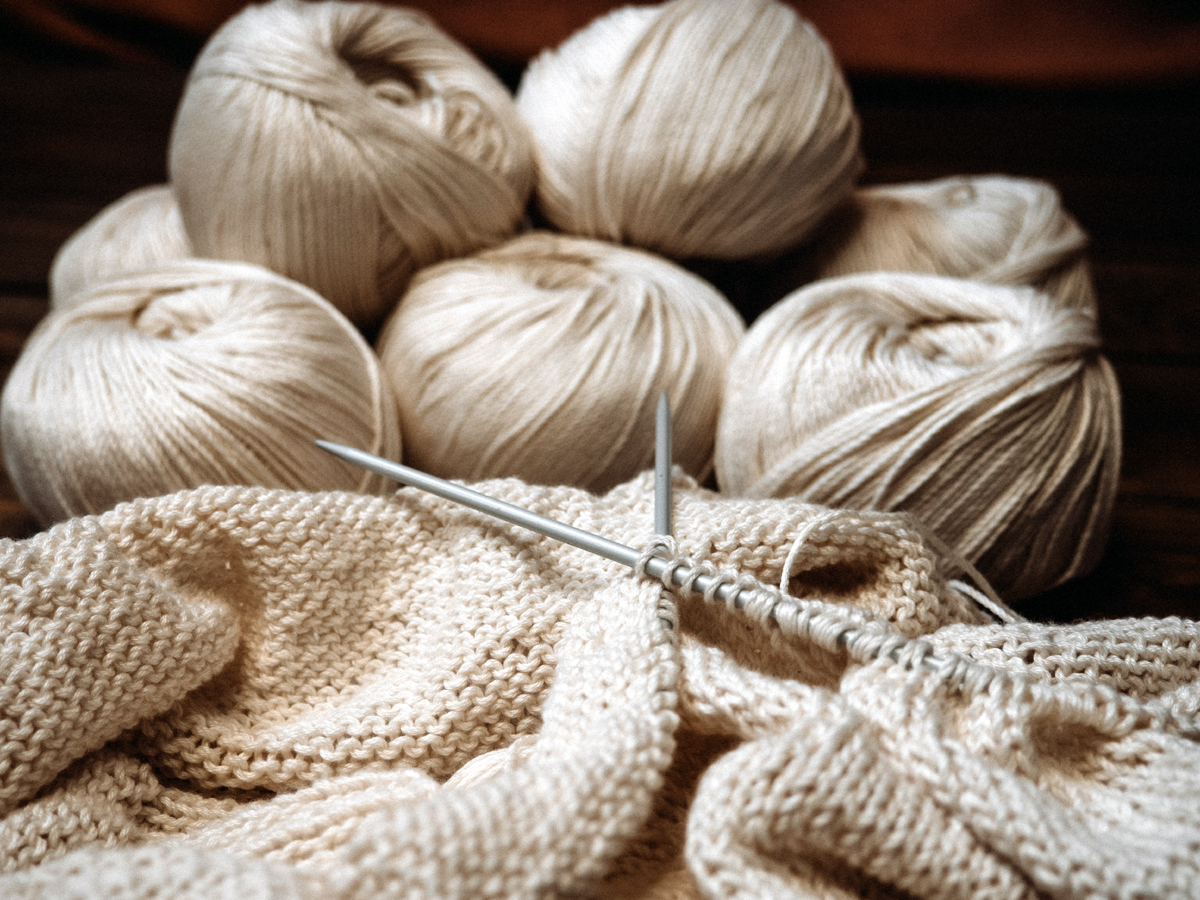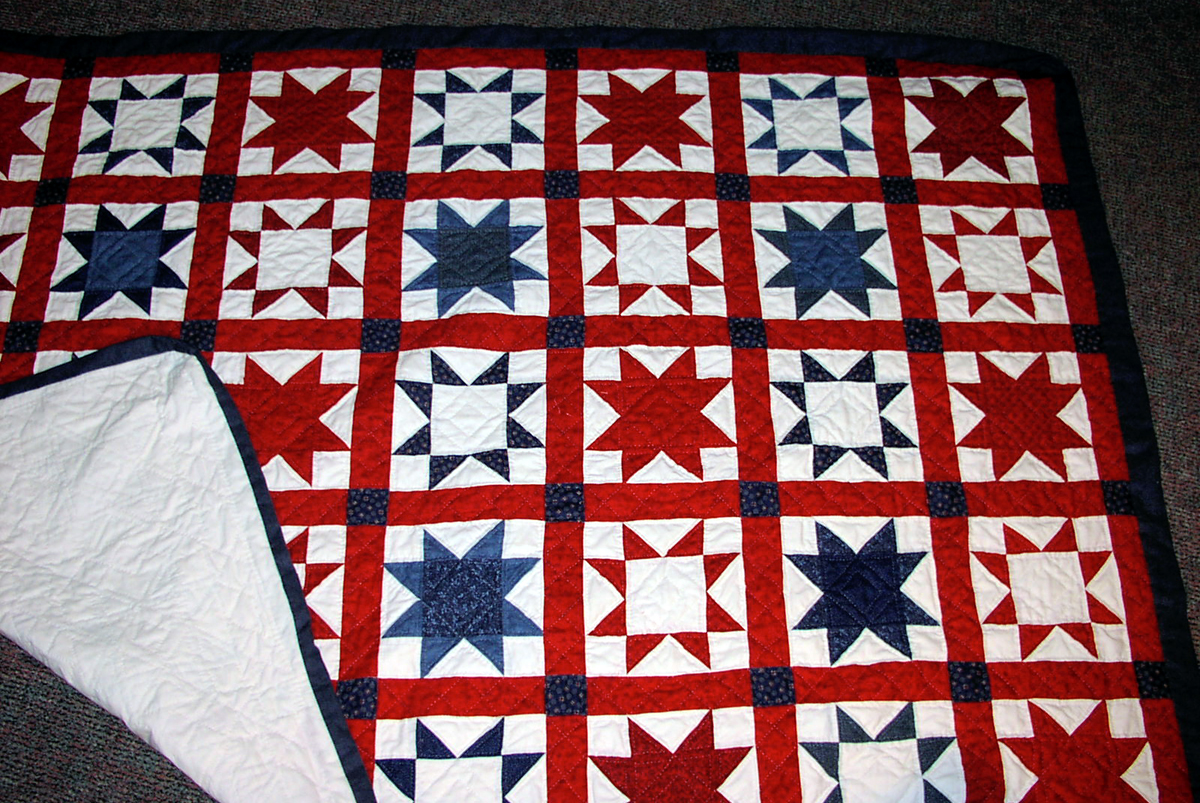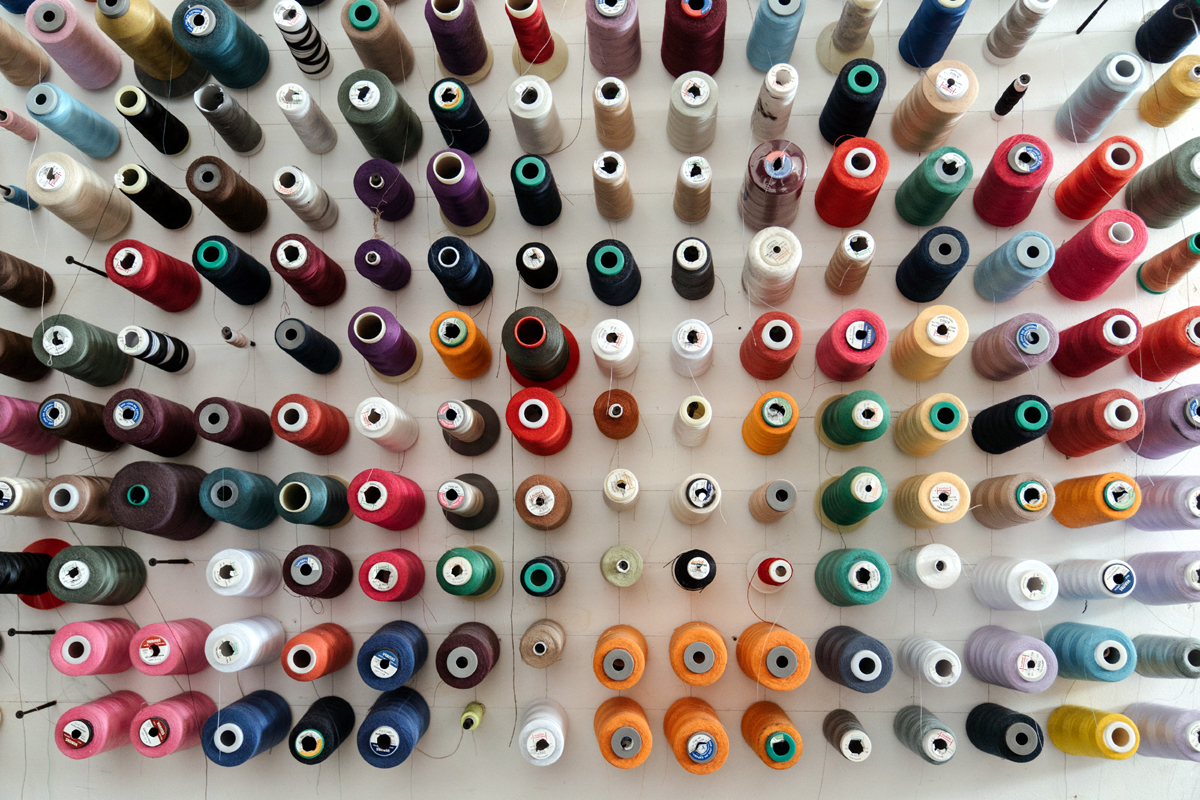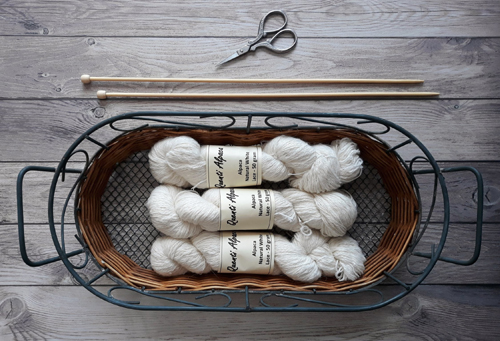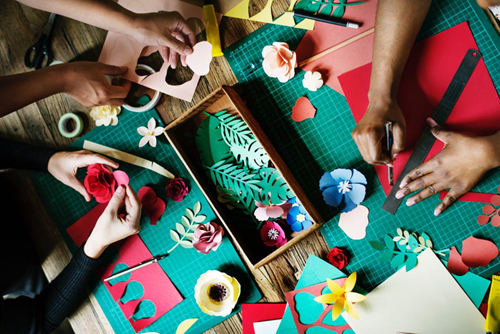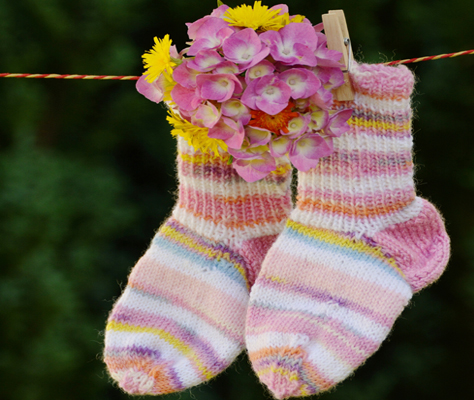Knitting Needles and Tools
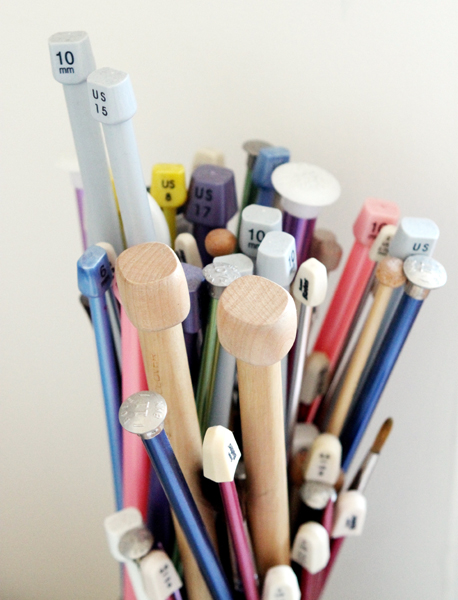
Knitting needles are a must for knitters (obviously!), but they aren’t the other useful tool you need to have in your basket. Everyone has their favorite type. For the beginner, it’s best to ask your teacher what to start with.
Straight knitting needles have the same thickness over their entire length.
Circular knitting needles are usually either nickel plated or made of aluminum and come in a variety of sizes. Many knitters find them easier to handle, especially when knitting large pieces. They can be used to knit patterns where two rows on the right side or the wrong side have to be knit one after the other.
Flex knitting needles have a thicker tip and a thin, round plastic strip with a length of about 20 inches. These are also easier to use when knitting large pieces.
Bamboo knitting needles/wooden knitting needles. Bamboo is especially light. For people with metal allergies, they provide the additional advantage of being allergen-free.
Cable knitting needles are available straight or angled. The angled cable needles prevent stitches from accidentally slipping off as you work making cables.
Knitting needle sets or sock needles consist of four or five double-pointed needles. The stitches are divided among three or four of the needles and you knit with the fourth or fifth needle. Confused? Now I know why I’ve never attempted socks! The short needles work especially well for knitting baby booties or gloves.
And if you just have a difficult time figuring out what size needles you have – and if you’re like me, you have a lot of them – a knitting needle sizer is an absolute must-have time saver!
Other Helpful Knitting Tools
This is not, by any means, a comprehensive listing of all the tools available – just the ones we think you’ll find most useful.
Line marker. Some of those pattern charts are difficult to read and if you’re like me, your eyesight isn’t what it used to be. A line marker keeps you on the correct row.
Stitch markers, row counters and needle guards. Stitch markers are available in a variety of colors and sizes. They make it easier to count stitches and rows (more about that in another article that we have planned) and for marking pattern sections, such as an armhole. Row counters can be slipped onto the knitting needle, and for knitting in the round there are counters with open loops. Needle guards are not intended to protect the needles, but to keep the stitches from slipping off the needles when you’re not knitting. (It would have been terribly useful if someone had told me about these when I first started learning to knit!)
Yarn boxes help keep your yarn under control – and not just if you have a cat that likes to play in the yarn! They keep balls of yarn from rolling away and keep tension on the yarn more even than if you’re yanking and pulling on a loose ball.
The Author:
Tiffany C. Wright – Pregnancy, babies, children and crafts are just a few of the things I love. I am stay-at-home mom, midwife and lactation consultant. I love needlework and yarn almost as much as I love my children!
Photo. Elizabeth Stilwell

